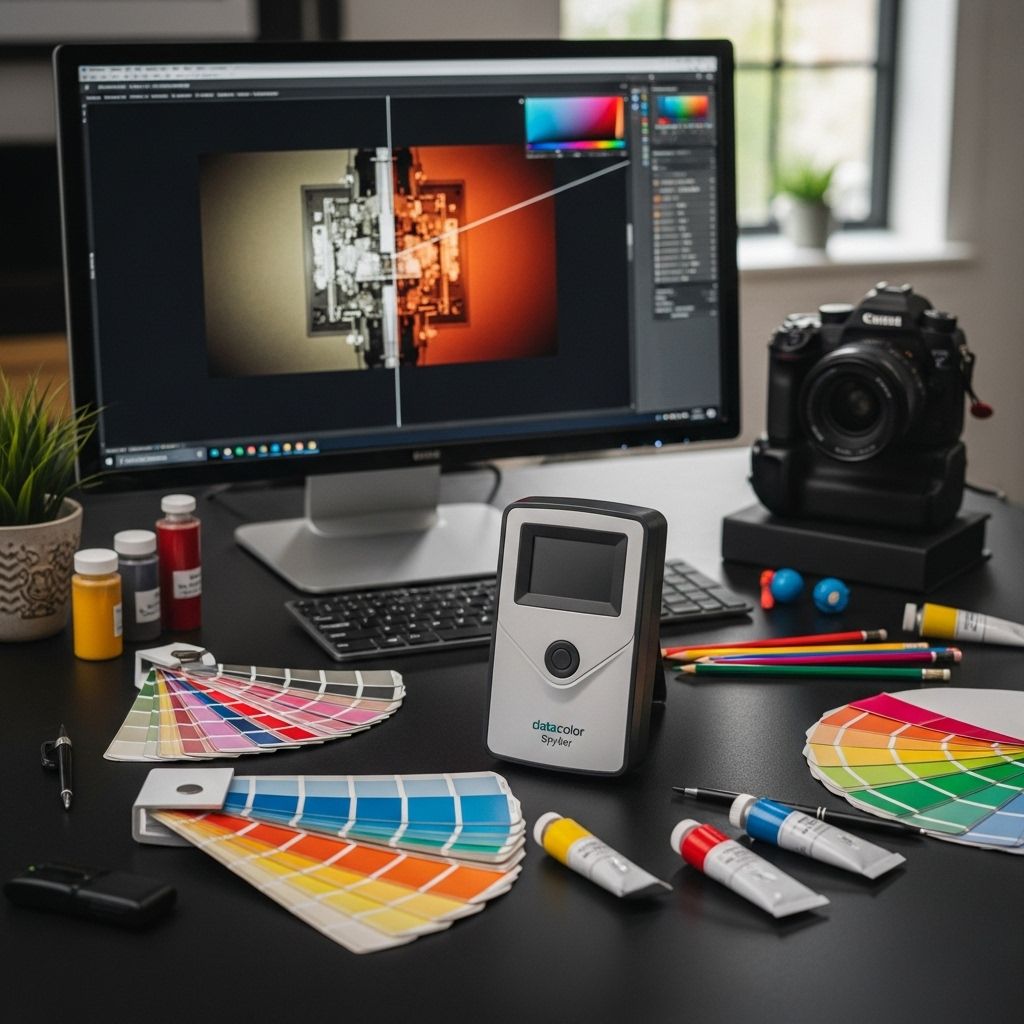Mastering Color Correction
Achieve Flawless Skin with Color Correction Techniques

Introduction to Color Correction
Color correction is a crucial step in achieving flawless makeup. It involves using specific colors to counteract unwanted tones in the skin, such as redness, dark circles, or hyperpigmentation. With the right techniques and products, you can neutralize imperfections and enhance your natural skin tone.
Understanding Color Correction Colors
Color correction relies on the principle of color neutrality. Different colors are used to cancel out specific imperfections:
- Green: Neutralizes redness, ideal for acne, rosacea, and broken capillaries.
- Yellow: Counters purple or blue discolorations, often used for dark circles on olive or tan skin.
- Peach: Brightens blue-toned spots, suitable for medium skin tones.
- Orange: Masks hyperpigmentation, commonly used for dark skin tones.
- Pale Pink: Brightens blue-toned spots, ideal for fair skin.
- Lavender: Neutralizes yellow tones, often used to correct sallow skin.
Choosing the Right Products
Color correctors come in various forms, including concealers, primers, powders, and creams. Each has its benefits and best uses:
- Concealers and Creams: Ideal for spot treatment and medium to full coverage. They are often used for under-eye circles or specific areas of discoloration.
- Primers: Great for an all-over color correction, priming the skin for foundation and extending the wear of makeup.
- Powders: Suitable for a lighter, more natural coverage and can be used to set cream or liquid products.
Popular Color Correctors
Here are some popular products recommended for effective color correction:
- Make Up For Ever Ultra HD Underpainting Color Correction Palette: Offers a range of shades for comprehensive coverage.
- Charlotte Tilbury Magic Vanish Color Corrector: Known for its creamy, blendable formula.
- Stila One Step Correct: A versatile primer that addresses multiple color correction needs.
- L.A. Girl Pro Prep HD Color Correcting Face Primer: Provides a lightweight, paraben-free formula for balanced skin tone.
How to Apply Color Correctors
The application technique is crucial for achieving a natural look:
- Area Identification: Determine the areas needing correction, such as under-eye circles or redness around the nose.
- Product Selection: Choose the correct color based on the type of imperfection.
- Application Method: Use a beauty blender or fingers for a seamless blend. Apply a small amount and pat it into the skin for a smooth finish.
Frequently Asked Questions (FAQs)
Q: What is the purpose of color correction in makeup?
A: Color correction is used to neutralize unwanted skin tones, such as redness or dark circles, to achieve a more even complexion.
Q: How do I choose the right color corrector for my skin tone?
A: Select a color corrector based on the type of imperfection you want to correct. For example, green for redness and yellow for dark circles on olive skin.
Q: Can I use color correctors without foundation?
A: Yes, color correctors can be worn alone for a natural look, but are often used under foundation for enhanced coverage.
Conclusion
Mastering color correction can elevate your makeup routine, providing a flawless base that enhances your natural beauty. By understanding how to select the right products and apply them effectively, you can achieve a radiant complexion that looks healthy and vibrant.
References
- https://www.cosmopolitan.com/style-beauty/beauty/g44852000/best-color-correctors/
- https://www.cosmopolitanme.com/beauty/14359-concealer-dos-and-donts-heres-how-to-conceal-your-way-to-flawless-skin
- https://www.cosmeticcapital.com.au/blogs/new-products-new-you/cosmo-s-best-corrector-is-here
- https://www.youtube.com/watch?v=BftOay5367c
- https://www.lauramercier.com/blogs/art-of-living-flawlessly/cosmopolitans-holy-grail-awards-best-concealer
Read full bio of Sneha Tete












